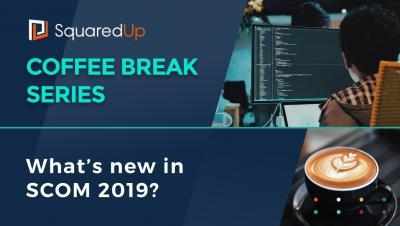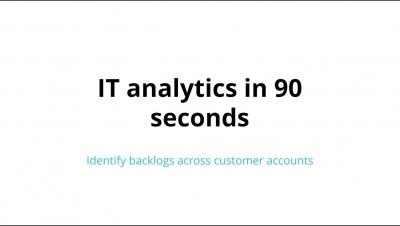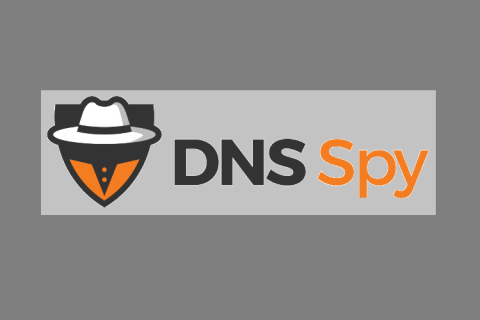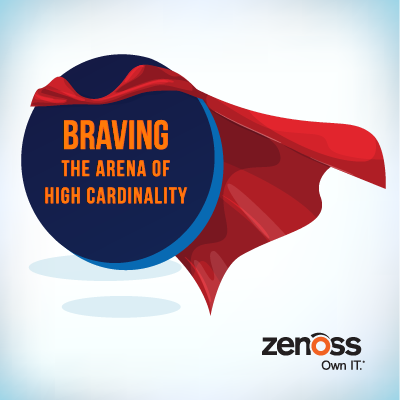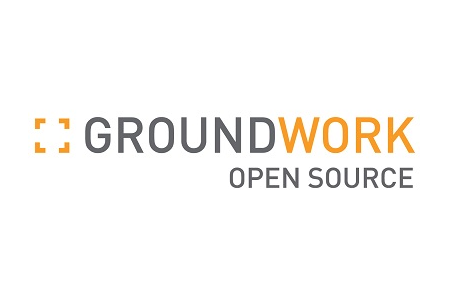Operations | Monitoring | ITSM | DevOps | Cloud
%term
IT analytics in 90 seconds: Identify backlogs across customer accounts
Browser vulnerabilities: Securing against the inevitable
Web browsers have revolutionized the way we use the internet. They’ve escalated employee productivity, but have also opened up organizations to a plethora of security loopholes. Browsers are the easiest point of entry for hackers to exploit a system because they contain vulnerable components like plug-ins and cookies.
ICANN calls for full DNSSEC deployment
A few days ago, ICANN issued a statement where they call upon everyone to implement DNSSEC across their DNS infrastructure.
Braving the Arena of High Cardinality
Three Ways to Secure Kubernetes From Inside Threats
Inherently, Kubernetes clusters are multi-user. As a result, organizations want to ensure that cross-communication is protected via role-based access control, logical isolation and network policies. A container orchestration system such as Kubernetes brings information technology operations and developers (DevOps) closer together, making it easier for teams to collaborate effectively and efficiently with each other.
4 Tips To Monitor Modern Cloud-based Applications & Infrastructure
Modern cloud-based application and infrastructure monitoring is a moving target. And it is one that very much depends on how “native” your cloud application is. Here is a list of monitoring metrics capabilities you should look for that pertain to time series and events.
The 3 main reasons Queens chose Mattermost over Slack for enterprise messaging
At Queens, we’ve been dressing people from head to toe in the best streetwear and sneakers for the last 15 years. We are a global ecommerce company that also has three brick-and-mortar stores in the Czech Republic, which is where we come from. What started out as a thrift store with just a few pieces of clothing is now a company with 50 employees in three different locations and €7 million in annual turnover.
Kubernetes Design and Development Explained
Kubernetes is quickly becoming the de facto way to deploy workloads on distributed systems. In this post, I will help you develop a deeper understanding of Kubernetes by revealing some of the principles underpinning its design.
Making The Most Out of Your Performance Monitoring Investments in 2019
Our recent webinar on 2019 Performance and Management Trends and Insights featured Nancy Gohring, Senior Analyst at 451 Research and Darren Cunningham, VP of Marketing at OpsRamp. The webinar reviewed key findings from recent surveys on performance monitoring and how IT automation investments (artificial intelligence and machine learning) are helping enterprises combat the twin problems of alert fatigue and incident downtime.


